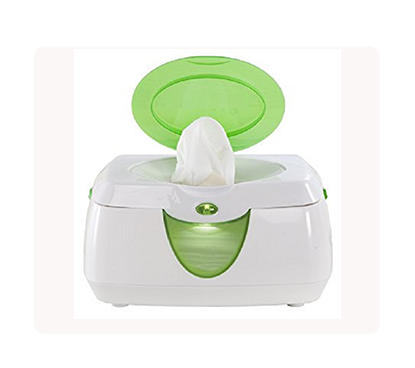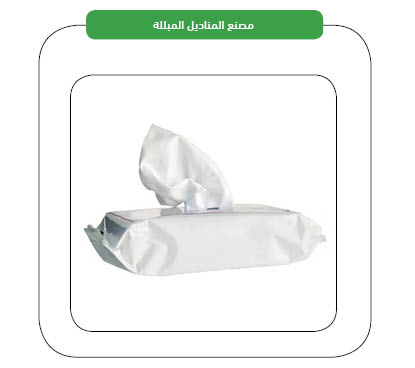The Industrial Sector in the GCC Countries
mashroo3kt Economic Consulting Company offers a feasibility study for a wet wipes factory project in Qatar, with the highest return on investment and the best payback period. This study is based on thorough studies of the industrial sector in Qatar, an analysis of the strategies of local and foreign competitors, and the ability to provide competitive pricing.

mashroo3k Economic Consulting Company provides investors interested in investing in a wet wipes factory project in Qatar with a set of specialized feasibility studies based on updated databases specific to the Qatari market. This helps ensure the project’s success, achieves the highest return on investment, and provides the best payback period.
Wet and scented wipes are popular products in Qatar and represent a daily staple for many women due to their pleasant scent and soft texture. Their relatively low price also makes them widely available.



Using industrial technology.
Using high-quality raw materials.
Increasing domestic production of sterile wipes.
Executive summary
Study project services/products
Market Size Analysis.
Risk Assessment.
Technical Study
Financial Study
Regulatory and Administrative Study

